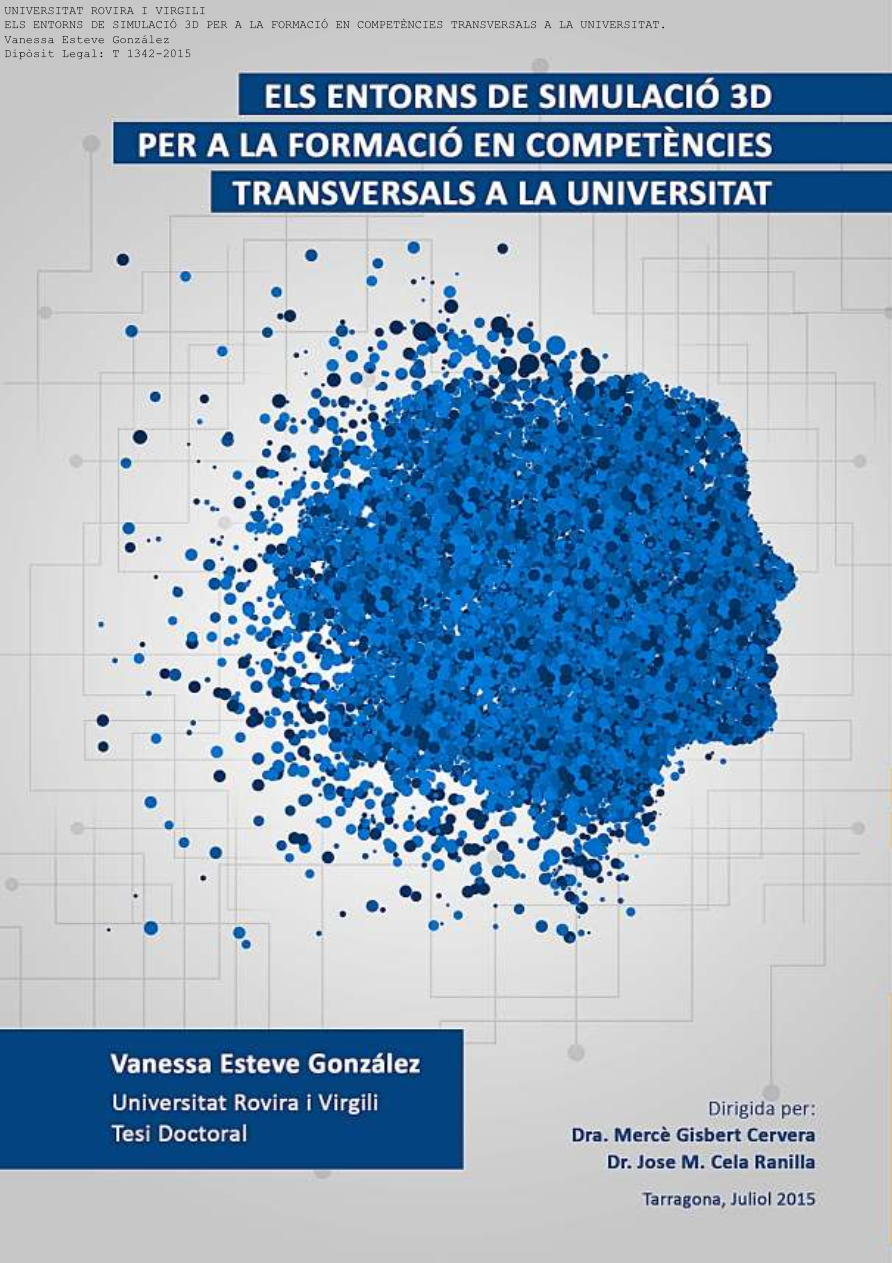Els entorns de simulació 3D per a la formació en competències transversals a la universitat

One of the main difficulties of online teaching-learning environments is to give the feeling that the activity is really taking place in a real space (presence) and that the participants actually belong to a group (social presence). These difficulties can be avoided if immersive and collaborative tools for networking – for example, multi-user virtual environments (MUVE) – are used. These are 3D spaces that simulate a virtual world and which can be used by several people at once. The digital representation of these is known as an avatar and it allows students to create their own digital identity. These advanced technology-based learning environments cannot in themselves guarantee that learning will take place. It is also necessary to make an analysis from the educational point of view. The aim of the present study is to design, develop and validate a methodological strategy for using simulation in a multi-user virtual environment for acquiring general competencies at university. The methodology used is based on qualitative logic and aims for an in-depth understanding and interpretation of a particular phenomenon: that is to say, the educational activity carried out by the participants in a 3D simulation environment who are attempting to acquire general competencies. Finally, the most important contribution of this research has been the systematic evidence of how 3D environments and simulation processes that take place are very suitable venues for training in transferable skills, allowing represent real situations and force the users of these environments to take an active and proactive allowing them to make decisions continuously while favoring a lifelong learning process.

